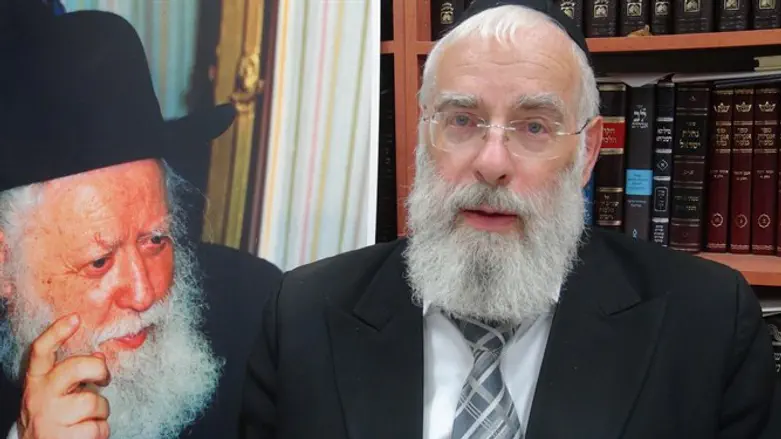
The time period between Rosh Chodesh Elul and Yom Kippur is known as an et ratzon, a time of favor when God is positively inclined towards us and lovingly seeks our closeness. This et ratzon is not only random.
It is also a time that is ripe for each person to reach inside of himself and get in touch with the inner desires and aspirations that are often obscured by the pressures and tensions of daily life. In many ways, this is exactly what God demands of us in this et razton - to actively seek out who we really are and engage our inner points of strength. To perceive our capacity for greatness and understand that Rosh Hashanah has the power to propel us forward.
The Gemara Avoda Zara tells the fascinating story of the teshuva process of sinner turned saint Rabbi Elazar ben Durdaya. Brokenhearted and despondent upon realizing the extent of his sins, Rabbi Elazar ben Durdaya called out to the mountains and hills and begged them to plead for mercy on his behalf. The mountains and hills refused him, and Rabbi Elazar ben Durdaya proceeded to beseech other forces of nature.
He pleaded with the heavens and the earth, followed by the sun and the moon, and finally the stars and the constellations, and is shunned by them all.
In his anguish, Rabbi Elazar ben Durdaya declared ”ein hadavar taluy ela bi” [The matter depends only upon myself], placed his head between his knees, and cried out until his soul departed.
This story is perplexing on many counts. Why does Rabbi Elazar ben Durdaya try to enlist the assistance of the mountains and the hills, the heavens and the earth, the sun and the moon, and the stars and the constellations in his teshuva process? Also, why does the Gemara recount the exact way in which he sat as he cried out? This seems like a rather insignificant detail.
Rabbi Elazar ben Durdaya’s story is emblematic of the way that many people live their lives.
-We justify our actions by telling ourselves that things lie beyond our control.
-We view ourselves as victims of extenuating circumstances.
-We tell ourselves that we have been negatively influenced by the environment that surrounds us and by a host of things that are external to us.
-We delude ourselves into thinking that we do not bear responsibility for our lapses and mistakes.
Rabbi Elazar ben Durdaya’s story comes to teach us that we cannot deflect responsibility. Not even to the heavens and the earth, the sun and the moon, or the stars and the constellations. We are the masters of our own destiny. Ein hadavar taluy ela bi.
Stunned by this realization, Rabbi Elazar ben Durdaya assumes the fetal position, symbolically reinventing himself in his final moments in this world. He engaged in genuine teshuva, was awarded the title of “Rabbi”, and acquired a portion in the World to Come. When Rabbi Yehuda Hanasi heard this story, he cried and exclaimed: “There is one who acquires his share in the World to Come only after many years [of toil], and there is one who acquires his share in one moment [sha’a]”. The word “sha’a” can also be explained as want or desire.
In this sense, Rabbi Elazar ben Durdaya acquired his portion in the World to Come by turning inwards and getting in touch with what he really wanted, by assuming responsibility for his actions, and believing in his inner capacity for greatness.
As we prepare to stand before the King, we must look inside ourselves and realize that we have the capacity for greatness. Assuming full responsibility for our actions is the necessary first step in this process.
Rabbi Yaakov Shapira is the Rosh Yeshiva of Yeshivat Mercaz HaRav in Jerusalem